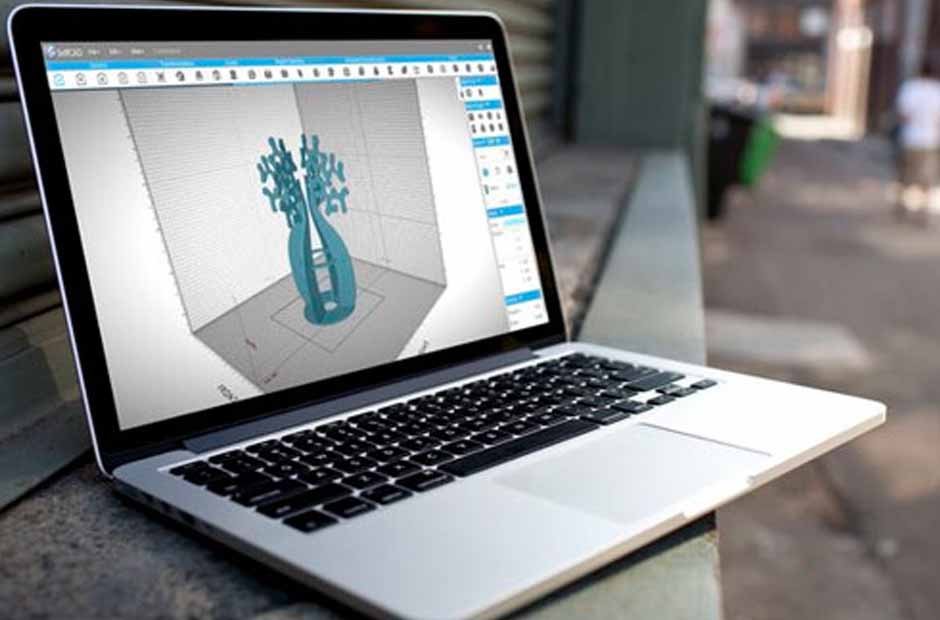The way we design, test and produce things like cars, planes, buildings and consumer tech has transformed dramatically with the development of computer-aided design (CAD). It’s had widespread effects on modern society and will help us to build a better future. In this article, we discuss how it came about and why it’s had such a big impact.
The evolution of CAD software
Steps were first taken towards today’s CAD software in the late 1950s and early 1960s. MIT computing researchers were trying to create solutions for automating engineering design, but it was the PhD of Ivan Sutherland that delivered an innovative system named “Sketchpad”.
Sketchpad included the world’s first graphical UI, where designs could be controlled with a light pen and displayed on a CRT monitor. Elsewhere, the creation of Dr Patrick Hanratty at General Motors is thought to be the world’s first commercial modelling software. PRONTO was instrumental in shaping today’s CAD programs and was the inspiration for many systems developed elsewhere.
The main applications for early iterations of CAD software were in aerospace and automotive engineering. Companies developed their own in-house systems because there were no software vendors. Only 2D design was available until 3D research resulted in the breakthrough in the 1970s.
As technology came along significantly in the 70s, 80s and 90s, the industry began to boom. Big aerospace and automotive companies stopped investing in their own systems and began to use software provided by dedicated vendors. Other industries could afford to use the technology and, years later, CAD software is widely used in a variety of design, manufacturing and engineering settings.
What industries has CAD impacted?
Design software first took hold in the highly technical and lucrative aerospace and automotive engineering industries. Since then, it’s had profound impacts in a wide range of applications, including the following:
- Architecture
- Construction
- Dentistry
- Fashion
- Consumer goods
- Gaming
- Manufacturing
- Science and Geography
How has CAD revolutionised design?
Streamlining the design process
Design processes have been streamlined beyond belief from end to end. Where manual methods would take a significant amount of time, digital design means that blueprints can be drawn up more quickly and amended without complication. This streamlining saves time and money and means products can be brought to manufacturing and market in rapid time. The need for physical prototyping is less now in certain industries because designs can be tested virtually.
Improving accuracy
The precision of CAD software means that designs are far more accurate when it comes to implementation. This benefits project timelines and ensures that manufacturing resources can be used much more effectively. With few faults and mistakes, development costs are kept to a minimum.
Supporting innovation and creativity
With enhanced modelling and visualisation capabilities, society’s ability to innovate has come a long way. There’s now a lower cost to creativity and trial and error because testing can be done digitally rather than through risking precious resources. The accessibility of CAD software means that more individuals and organisations can experiment and drive innovation.
Facilitating collaboration and data sharing
The ability for teams to collaborate and review designs across the globe has significantly improved project success and completion. Data can be shared via cloud systems seamlessly and changes made in line with recommendations from clients, engineers or other stakeholders.
















